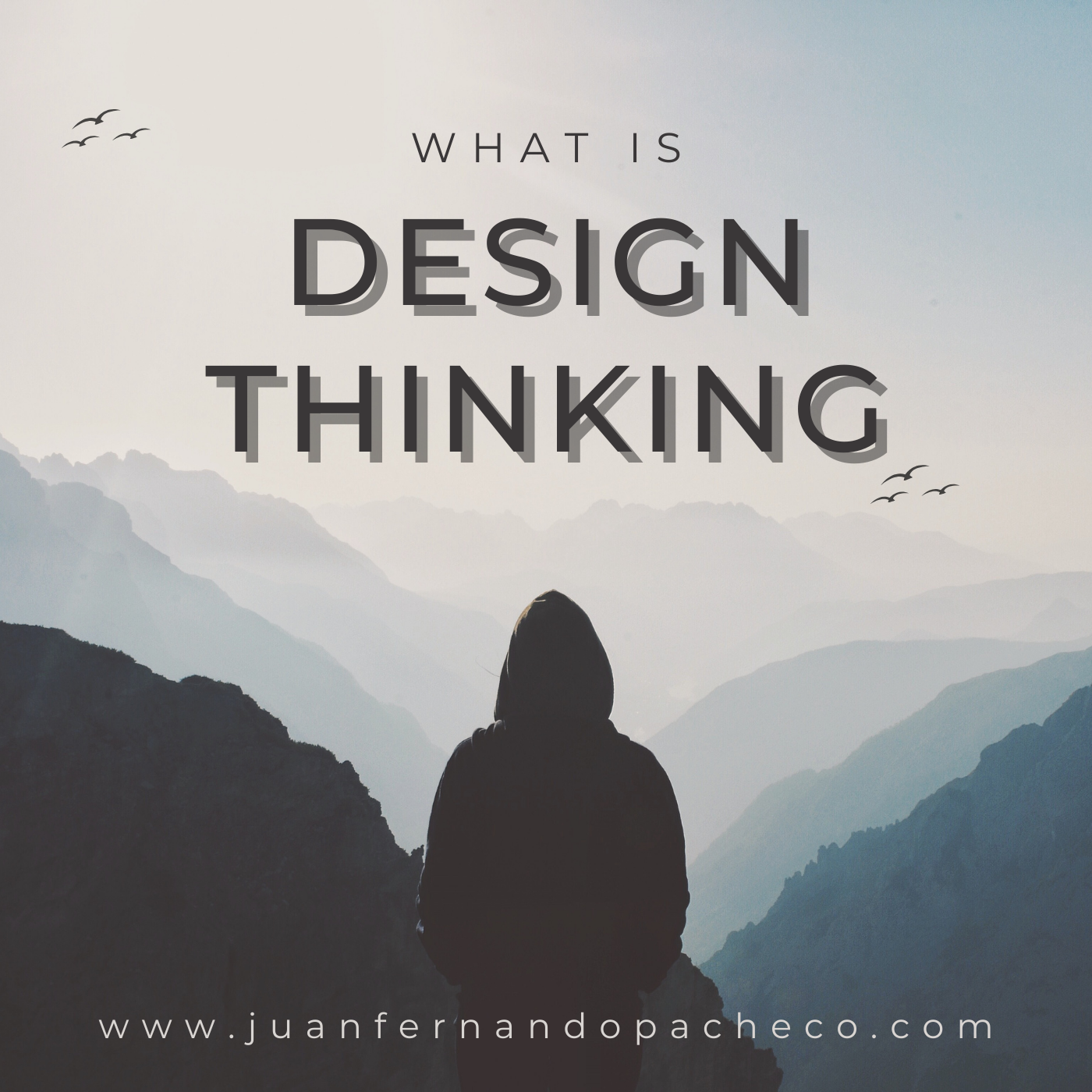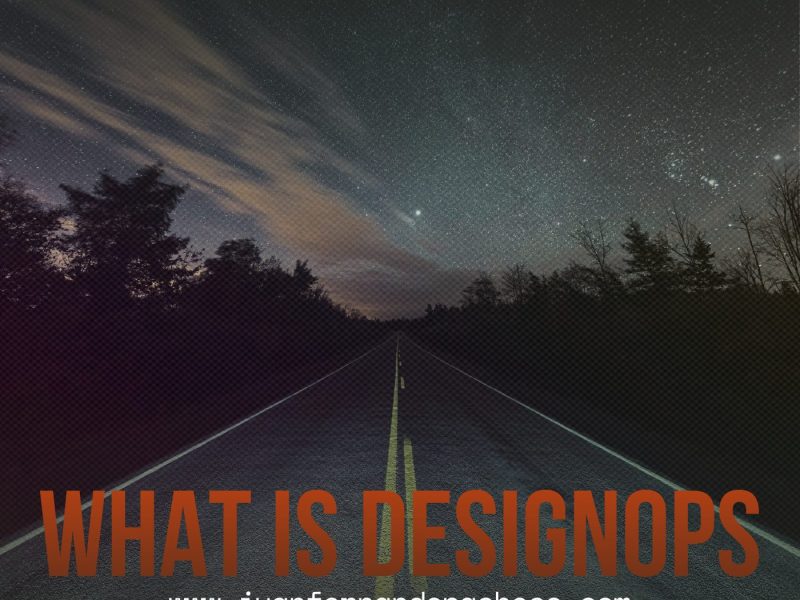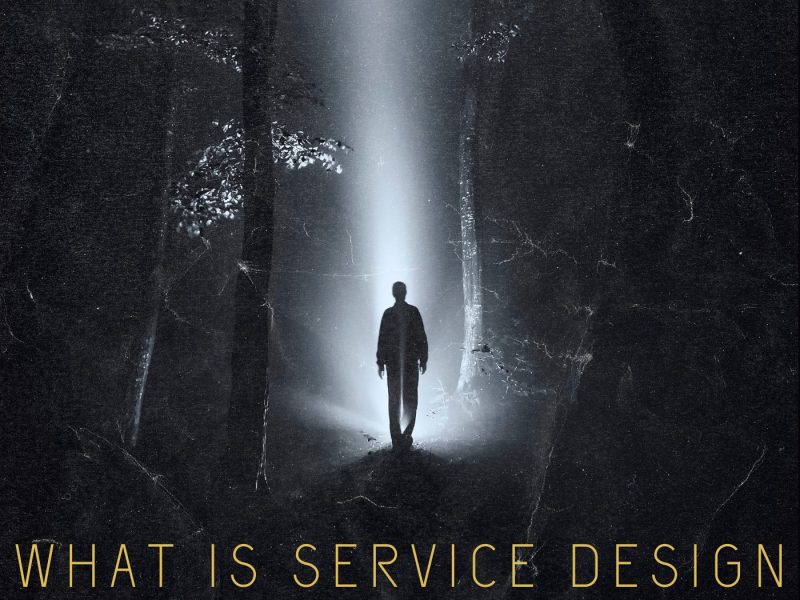Design Thinking isn’t just a trendy term—it’s a human-centered revolution in problem-solving. Rooted in industrial design and supercharged by IDEO’s pioneering work, this methodology bridges creativity and practicality to craft solutions people want.
The Core of Design Thinking: Empathy First
A fatal flaw many make? Skipping empathy to chase quick fixes. True innovation starts by immersing in users’ worlds—understanding their frustrations, desires, and unspoken needs.
The 5-Stage Process (Spoiler: It’s Not Linear)
Empathize
Become a “user anthropologist”: Conduct interviews, observe behaviors, map emotional journeys.
Tools: Empathy maps, shadowing, “a day in the life” immersion.
Define
Synthesize insights into a razor-sharp problem statement, such as “Busy parents need a way to track kids’ screen time without causing family tension.”
Ideate
Brainstorm wildly—no idea is too absurd—techniques like mind mapping or “worst possible idea” flip constraints into creativity.
Prototype
Turn concepts into tangible experiments: paper mockups, digital wireframes, or even role-play scenarios.
Rule: Start scrappy. A napkin sketch can reveal more than a polished design.
Test
Throw prototypes at real users. Embrace feedback—even if it sends you back to Stage 1. Iteration isn’t failure; it’s progress.
Why Design Thinking Works
User-Centricity: Solutions are built with people, not for them.
Fail Forward: Mistakes become stepping stones.
Collaboration Magic: Diverse teams (engineers + poets + marketers) crack complex problems.
Systems Thinking: Address root causes, not symptoms (e.g., climate solutions that balance behavior + policy).
Real-World Wins
Airbnb: Revived near-bankruptcy by redesigning for trust and belonging.
Cleveland Clinic: Humanized healthcare by mapping patient emotions.
IDEO.org: Built eco-sanitation in Ghana through community co-creation.
Project Drawdown: Framed climate action as achievable, not apocalyptic.
When to Use It (And When Not To)
Best For: Ambiguous, human-centric challenges (e.g., reimagining education, reducing urban loneliness).
Not For: Straightforward technical fixes (e.g., fixing a broken server).
The Mindset Shift
Design Thinking isn’t a checklist—it’s a way of seeing the world. It demands curiosity, humility, and the courage to say, “I don’t know—let’s learn together.”
Final Takeaway:
The hosts emphasize that the future belongs to those who design with empathy, not just for efficiency. Whether you’re building apps, hospitals, or climate strategies, Design Thinking turns pixels (and problems) into profound impact.
“The best solutions don’t just work—they resonate.”


